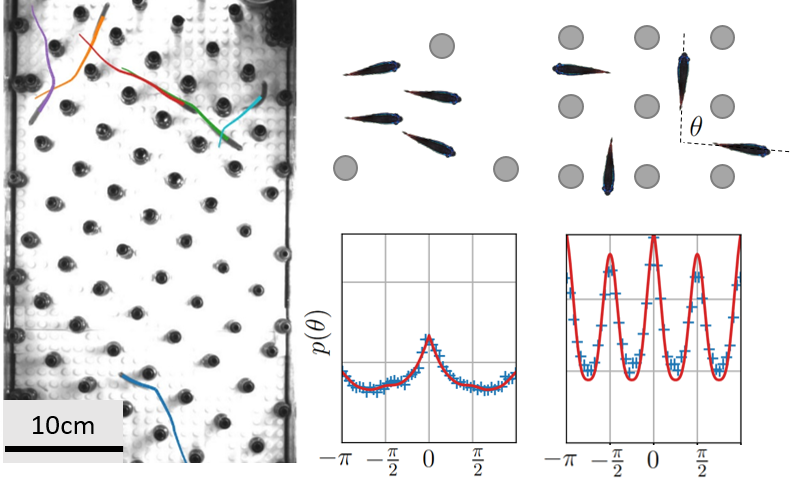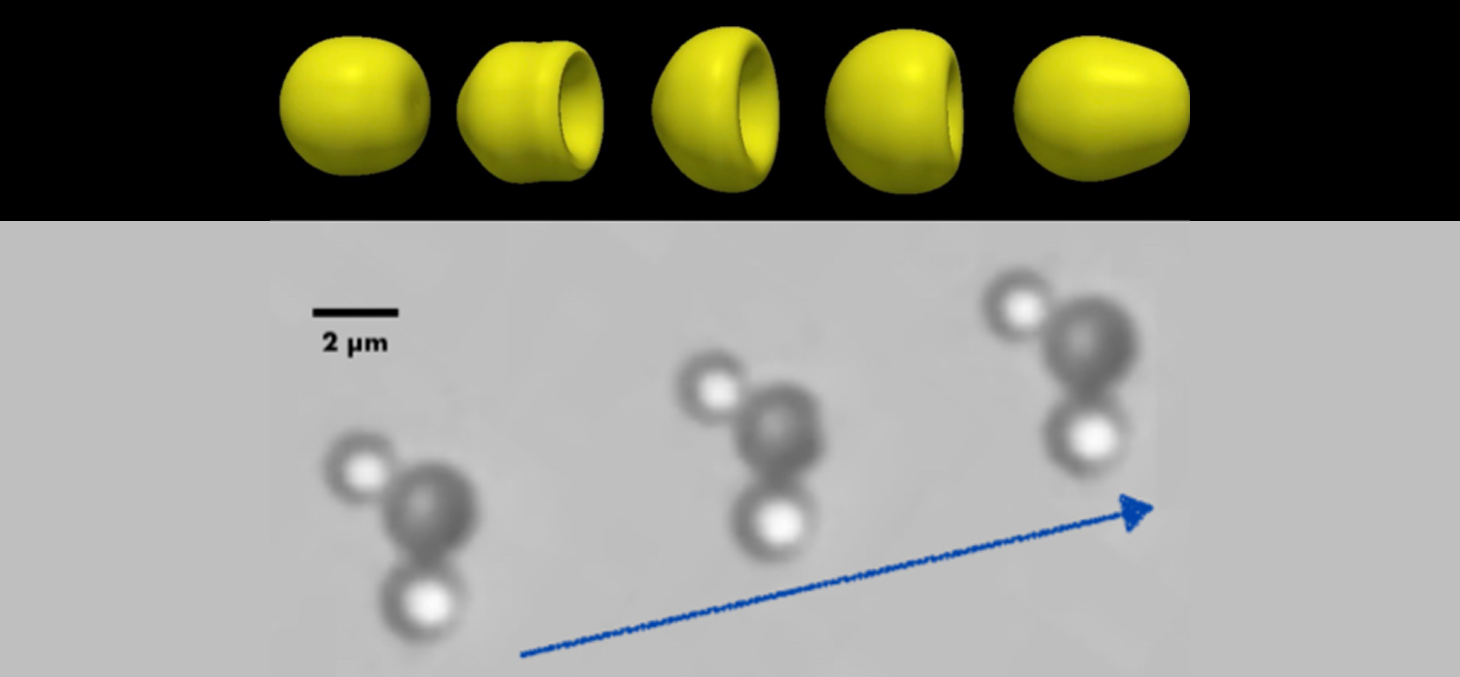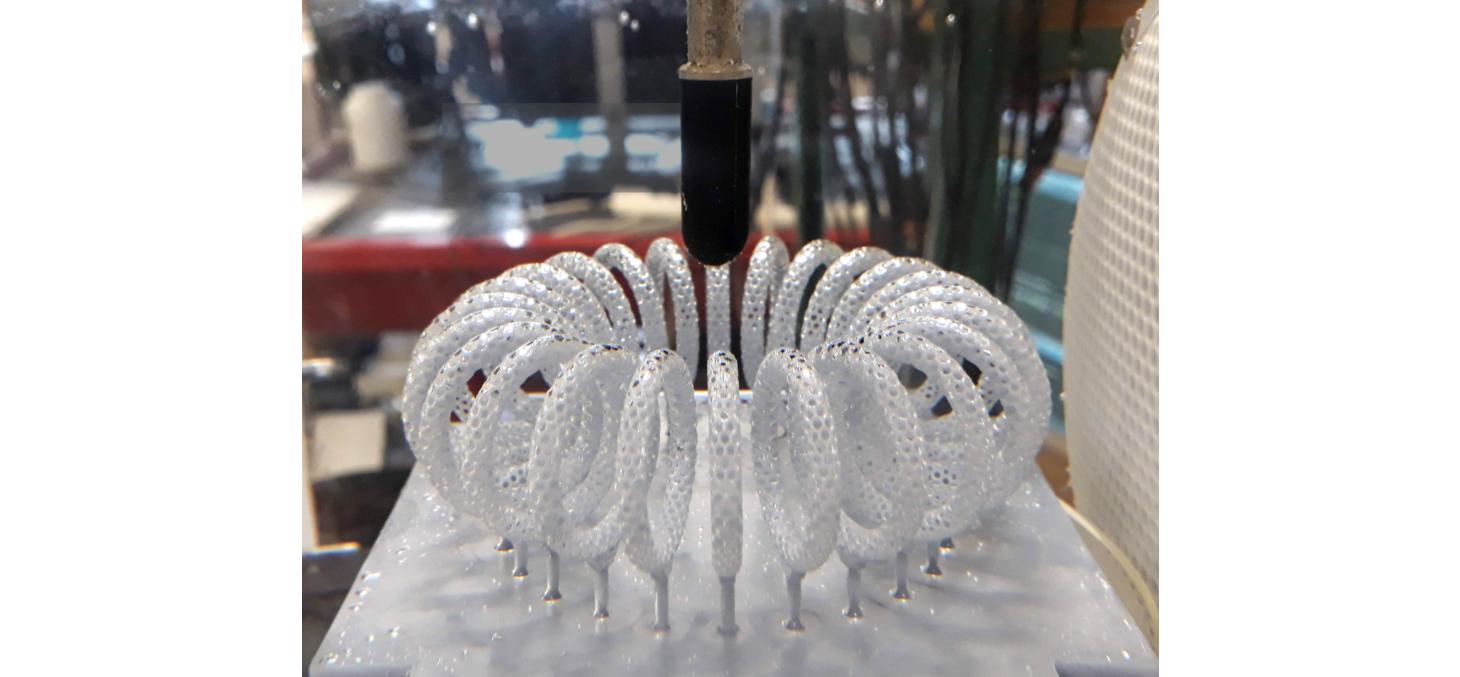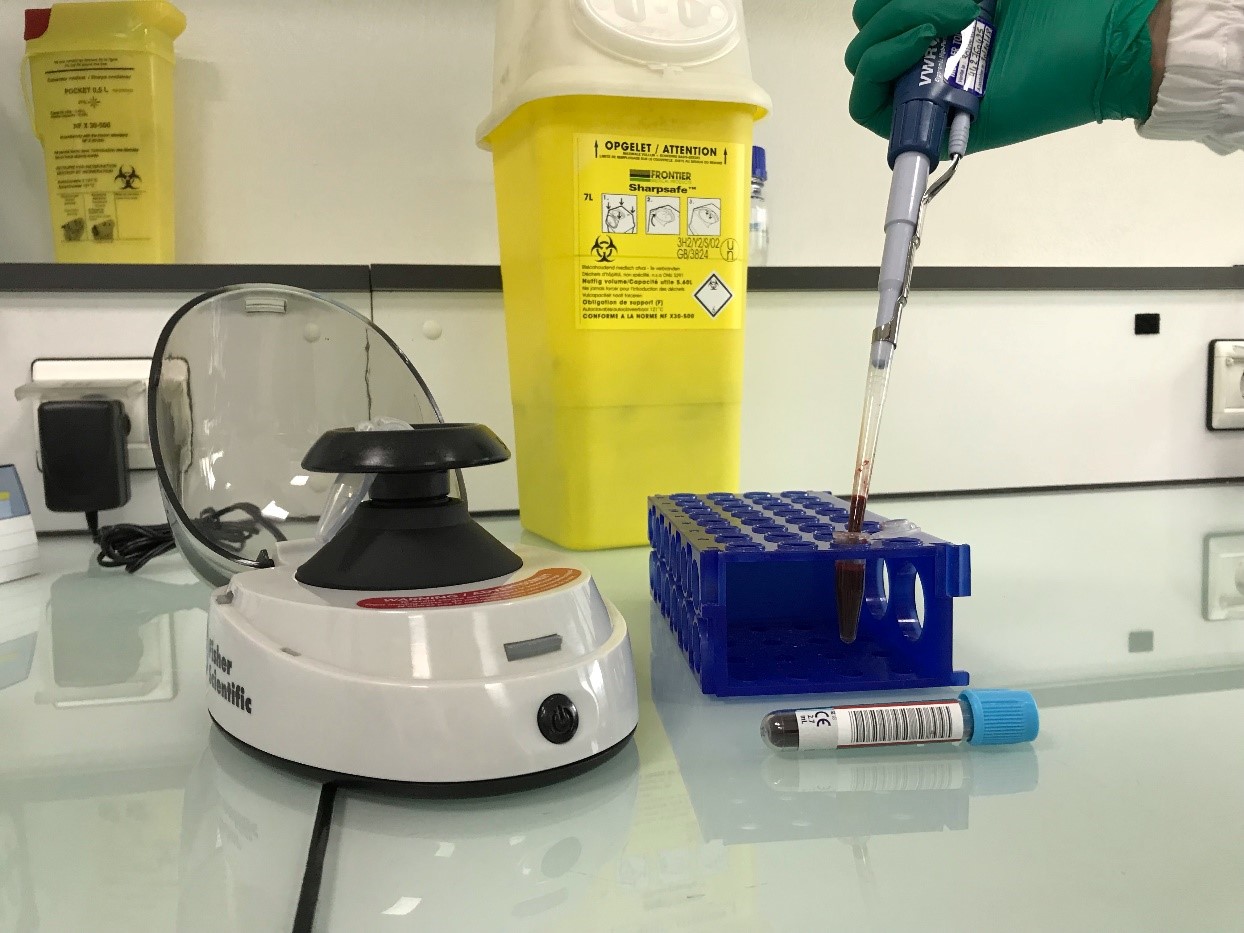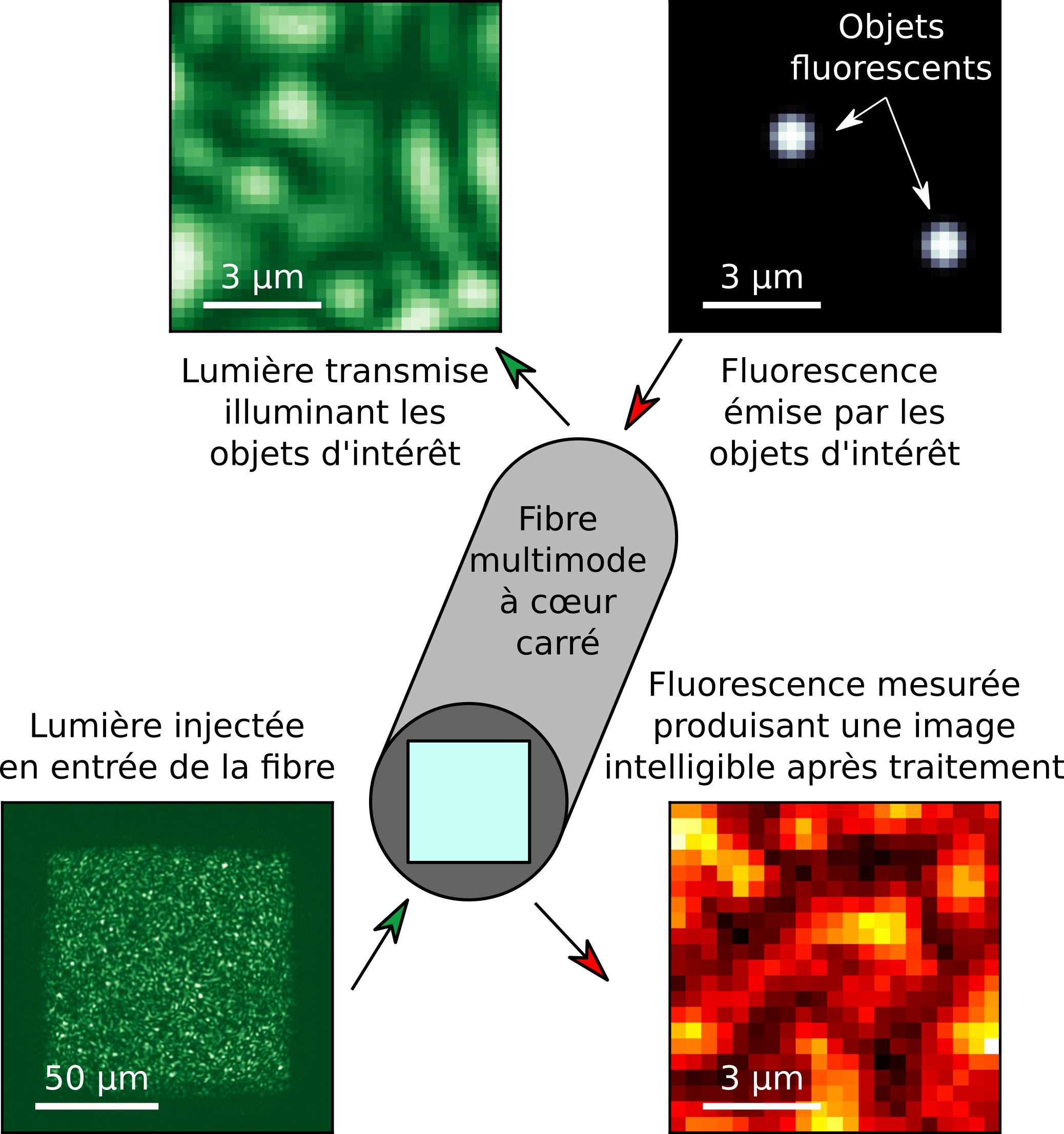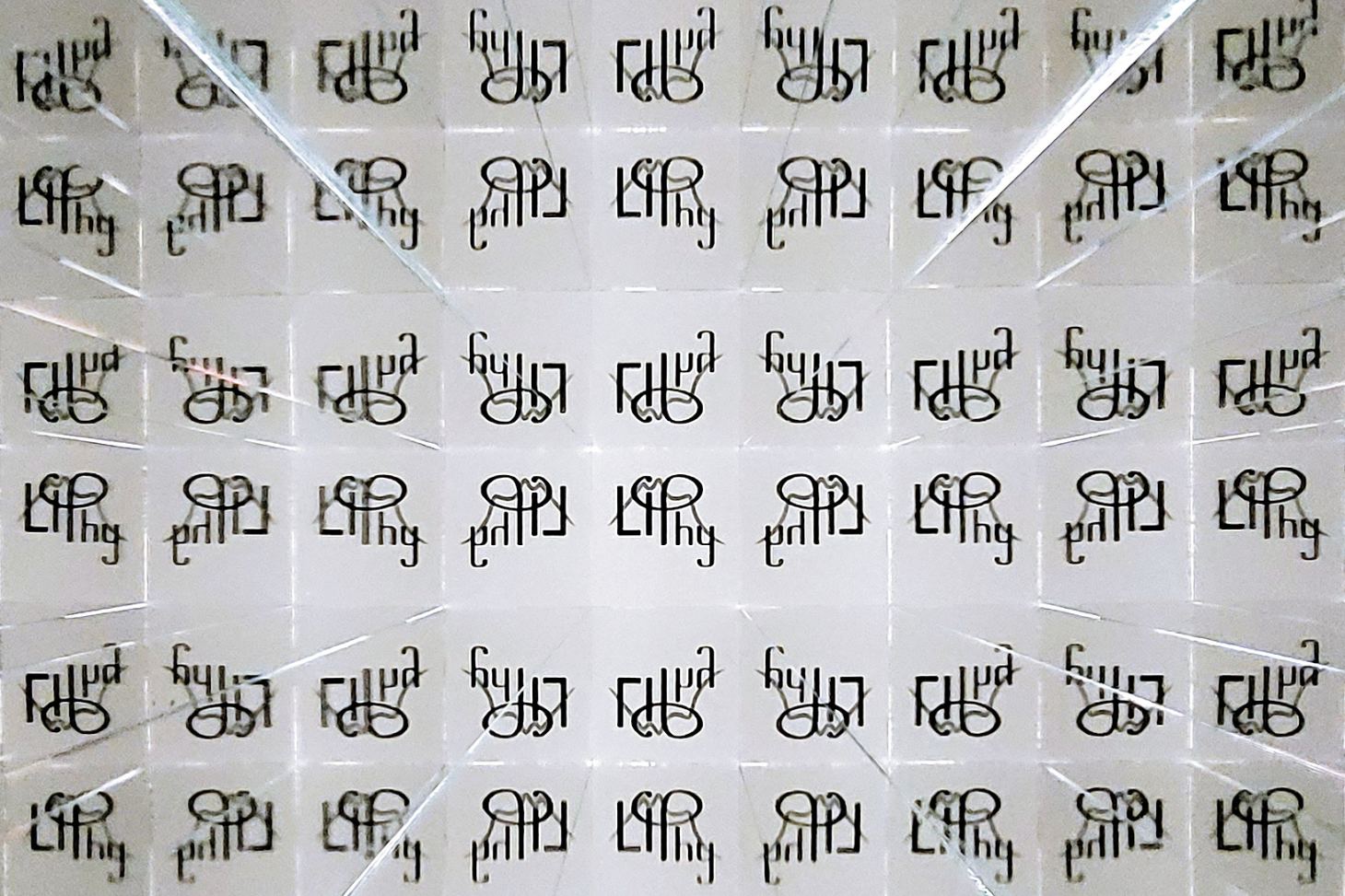Publication
Research
On February 6, 2022
Dense suspensions of soft particles possess relatively complex rheological properties, such as the existence of a threshold stress to flow. A new statistical physics approach allows to obtain a tensor constitutive model from the dynamics of the soft particles of the suspension, and thus to link the rheology to the anisotropy of the microstructure.
The theoretical description of the rheology of dense suspensions of micrometric soft particles, in which thermal fluctuations are negligible, remains a very open field based mainly on direct numerical simulations of suspensions or on phenomenological macroscopic constitutive models. Starting from a simplified model of a two-dimensional dense suspension, researchers at LIPhy have proposed a statistical physics method to obtain a macroscopic constitutive model from the dynamics of the soft particles constituting the suspension.
The tensor constitutive model derived analytically in this way allows a continuous description of the suspensions in the same way as the already existing phenomenological models, while keeping a link with the scale of the constitutive entities. This constitutive model consists of a nonlinear evolution equation for the deviatoric part of the stress tensor. It allows to reproduce the existence of a threshold stress in the rheology of dense suspensions above the jamming density, and to describe a Bingham-type rheology at low shear rate. The tensor nature of the constitutive equation also allows the prediction of a threshold stress on the difference of the normal stresses.
The approach, which technically includes a number of approximations, is primarily aimed at obtaining a qualitative description of the phenomenology of dense suspensions of soft particles, and at relating the structure of the resulting equation to the ingredients of the microscopic dynamics of the suspension. Interestingly, the obtained constitutive equation also allows to address more complex and time-dependent protocols, such as the start or stop of shearing. In particular, relaxation after shear leads to a lower final stress for a stronger shear, in qualitative agreement with experiments. The model also reproduces the power-law decay of the shear rate in creep experiments, as well as the collapse of the storage modulus measured in parallel superposition protocols, in which a small sinusoidal strain is applied to a dense flowing suspension.
One of the main interests of this approach is that it allows one to link macroscopic rheology with microstructure. In particular, the approach predicts that the orientation of the anisotropy of the microstructure, which is governed by a competition between advection and contact elasticity, plays a key role in the flow properties.
Read more :
 Microscopic Theory for the Rheology of Jammed Soft Suspensions
Microscopic Theory for the Rheology of Jammed Soft Suspensions
Nicolas Cuny, Romain Mari, Eric Bertin
Physical Review Letters, Novembre 2021
 Dynamics of microstructure anisotropy and rheology of soft jammed suspensions
Dynamics of microstructure anisotropy and rheology of soft jammed suspensions
Nicolas Cuny, Eric Bertin, Romain Mari
Soft Matter, Janvier 2022
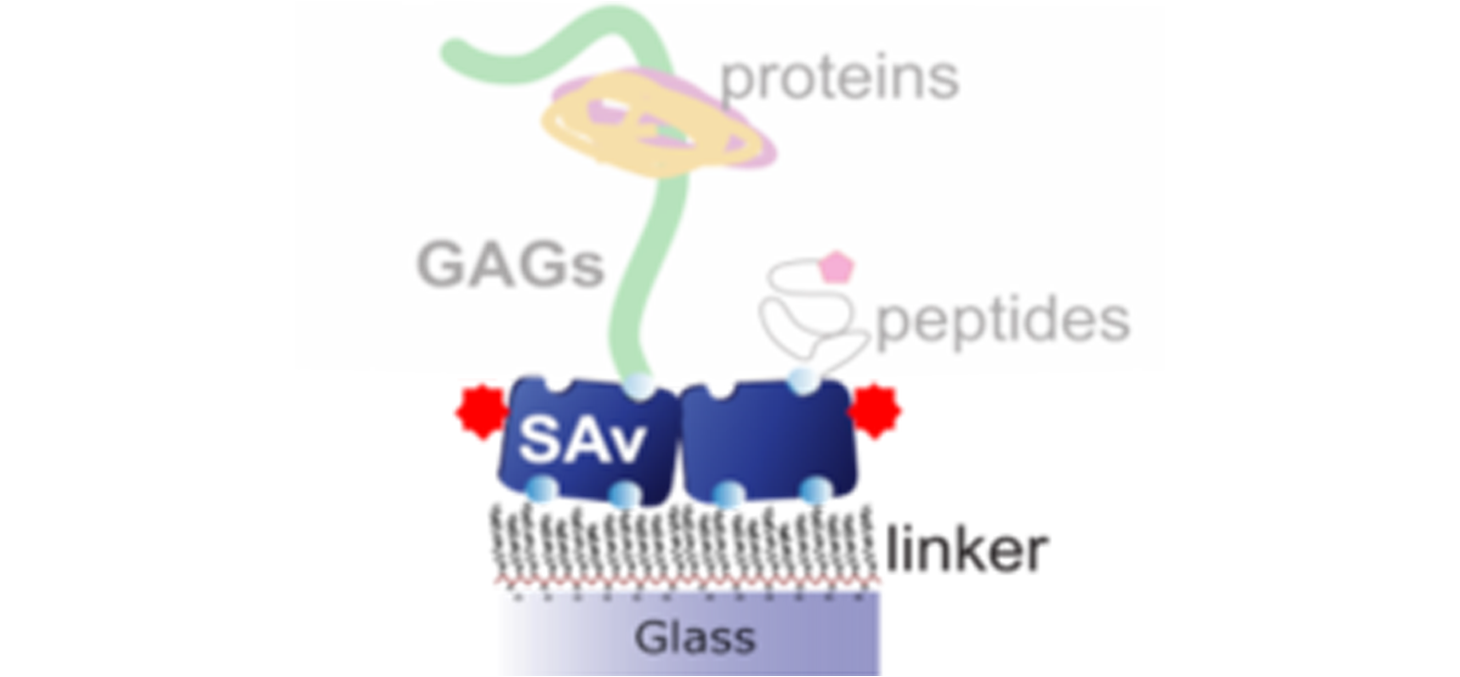
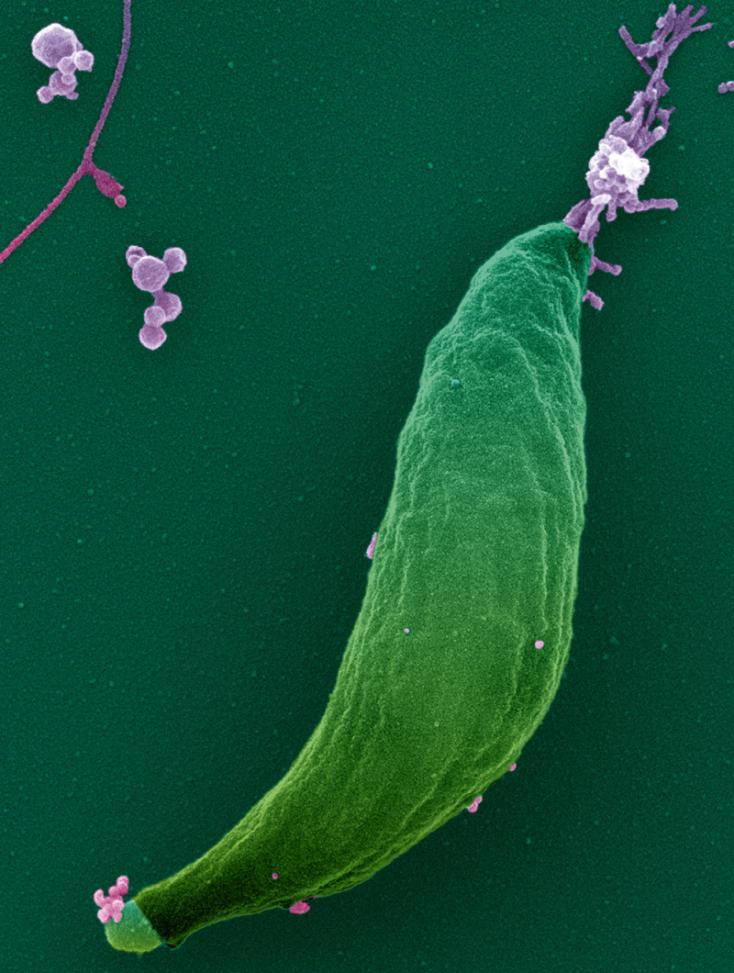
 inserm.fr (isabelle[dot]tardieux[at]inserm[dot]fr)
inserm.fr (isabelle[dot]tardieux[at]inserm[dot]fr) univ-grenoble-alpes.fr (galina[dot]dubacheva[at]univ-grenoble-alpes[dot]fr)
univ-grenoble-alpes.fr (galina[dot]dubacheva[at]univ-grenoble-alpes[dot]fr) univ-grenoble-alpes.fr (delphine[dot]debarre[at]univ-grenoble-alpes[dot]fr)
univ-grenoble-alpes.fr (delphine[dot]debarre[at]univ-grenoble-alpes[dot]fr)

